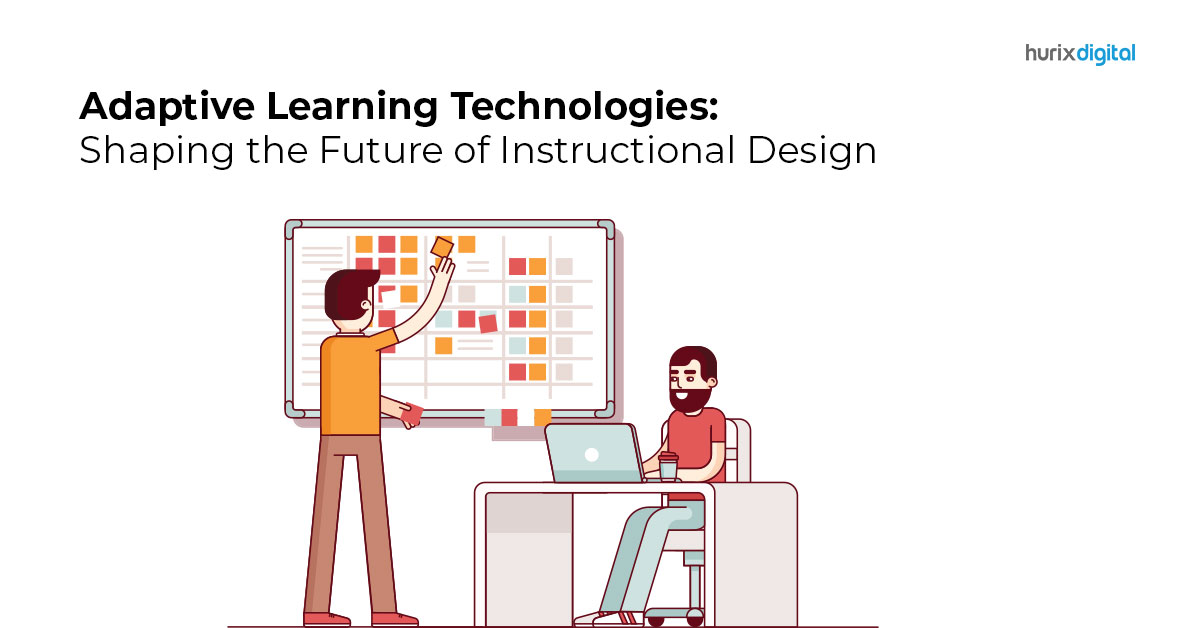
Shaping Tomorrow: Trends in Educational Technology for Success
In the ever-evolving landscape of education, technology continues to play a pivotal role in shaping the future of learning. As we navigate the 21st century, several trends in educational technology are transforming the way students access information, educators facilitate learning, and institutions prepare for the future.
Embracing Online and Blended Learning Environments
The shift toward online and blended learning environments represents a significant trend in educational technology. The flexibility of online learning platforms allows students to access educational content from anywhere, breaking down geographical barriers. Blended learning, combining traditional classroom instruction with online components, offers a dynamic and personalized approach that caters to diverse learning styles.
Artificial Intelligence (AI) in Education
Artificial Intelligence has emerged as a transformative force in education. AI-powered tools and platforms are being used to personalize learning experiences, analyze student performance data, and provide adaptive feedback. Machine learning algorithms help educators tailor their teaching methods to individual student needs, fostering a more efficient and targeted learning process.
Augmented and Virtual Reality Enhancing Engagement
Augmented Reality (AR) and Virtual Reality (VR) technologies are increasingly integrated into educational settings to enhance engagement and provide immersive learning experiences. AR overlays digital information onto the real world, while VR creates simulated environments. These technologies are particularly impactful in subjects that benefit from hands-on experiences, such as science, history, and vocational training.
Gamification for Motivation and Learning
Gamification, the application of game elements in non-game contexts, is gaining popularity in education. Educational games and gamified elements motivate students by introducing challenges, rewards, and competition. Gamification not only makes learning more enjoyable but also enhances student engagement, collaboration, and problem-solving skills.
Adaptive Learning Platforms for Personalized Instruction
Adaptive learning platforms utilize data analytics and AI to provide personalized instruction tailored to each student’s abilities and learning pace. These platforms assess individual strengths and weaknesses, adjusting the content and difficulty level accordingly. Adaptive learning ensures that students receive targeted support, promoting a more effective and customized learning experience.
Blockchain for Secure Credentialing and Record-Keeping
Blockchain technology is making inroads into education, offering secure and transparent credentialing and record-keeping. Blockchain ensures the integrity of academic records, certifications, and degrees. This technology streamlines processes such as verifying credentials, preventing fraud, and creating a decentralized and tamper-proof system for educational documentation.
Internet of Things (IoT) in Educational Spaces
The Internet of Things (IoT) is revolutionizing educational spaces by connecting devices and creating smart learning environments. IoT applications include smart classrooms with interactive whiteboards, wearable devices for tracking student activity, and connected learning tools. These technologies enhance interactivity, enable real-time data collection, and contribute to a more dynamic and responsive educational experience.
Cybersecurity Measures for Data Protection
As educational institutions increasingly rely on technology, cybersecurity becomes a critical concern. The implementation of robust cybersecurity measures is a trend to safeguard sensitive student data, prevent cyber threats, and ensure the privacy of educational information. Secure networks, encryption protocols, and user authentication systems are integral components of cybersecurity in educational technology.
Cloud Computing for Accessibility and Collaboration
Cloud computing has transformed the accessibility and collaboration capabilities in education. Cloud-based platforms enable students and educators to access resources, collaborate on projects, and share information seamlessly. The scalability and flexibility of cloud computing enhance the efficiency of educational processes, facilitating anytime, anywhere access to educational materials.
Professional Development for Educators in EdTech
Ensuring that educators are well-versed in educational technology is an ongoing trend. Professional development programs focus on equipping teachers with the skills and knowledge needed to integrate technology effectively into their teaching practices. This trend recognizes the crucial role of educators in harnessing the potential of technology to enhance the learning experience.
Conclusion: Navigating the Educational Landscape
In conclusion, the trends in educational technology are shaping a future where learning is dynamic, personalized, and technology-driven. Embracing online and blended learning, harnessing the power of AI and AR/VR, and ensuring cybersecurity measures are just a few examples of how technology is reshaping education. As we navigate the educational landscape, staying informed and adaptive to these trends is essential for creating a learning environment that prepares students for the challenges of tomorrow.
For a deeper exploration of Education Technology Trends, visit Education Technology Trends.


